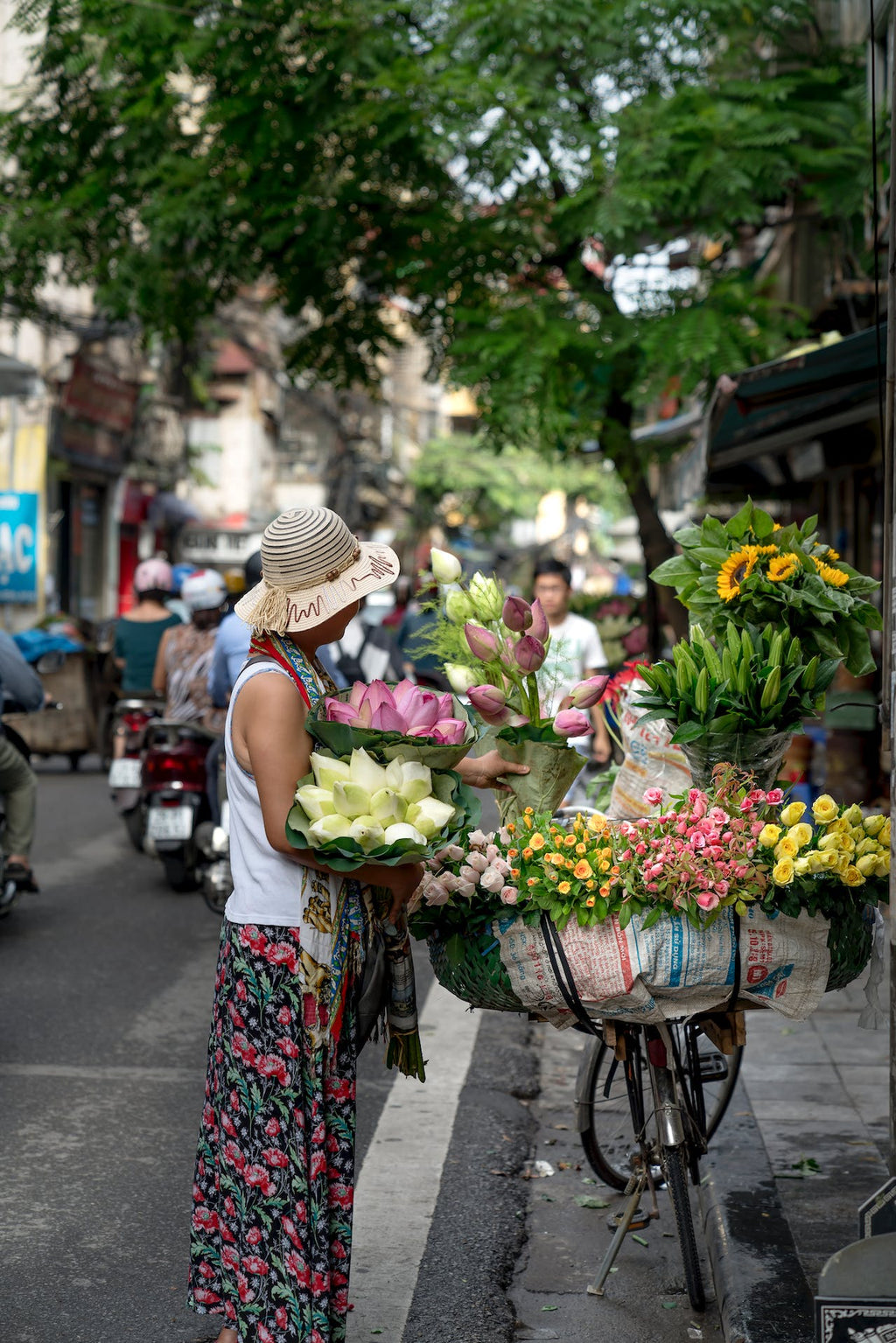Are you passionate about flowers and want to learn the art of floral arrangement? Becoming a self-taught florist is a rewarding journey that allows you to express your creativity and bring beauty into your home. While formal training is beneficial, it is not always necessary. With dedication, practice, and the right resources, you can develop the skills needed to create stunning floral designs. In this Flowerbee guide, we will provide you with a step-by-step process to become a self-taught florist from the comfort of your own home.
1. Start with the Basics
Begin your journey by familiarizing yourself with the fundamental principles of floral design. Learn about color theory, flower anatomy, and different types of floral arrangements. Understanding these basics will serve as a solid foundation for your future creations.
2. Study Floral Design Techniques
Explore various floral design techniques through books, online tutorials, and workshops. Learn about different styles such as traditional, modern, and contemporary. Experiment with different techniques like hand-tied bouquets, centerpieces, and wreaths. Practice these techniques regularly to improve your skills.
3. Get to Know Different Flowers
Expand your knowledge of flowers by studying their characteristics, seasons, and care requirements. Learn about the symbolism and meanings associated with different blooms. Familiarize yourself with a wide range of flowers to have a diverse palette to work with.
4. Build Your Floral Toolbox
Invest in essential tools and materials to create beautiful floral arrangements. Some basic items you will need include floral shears, floral tape, floral foam, vases, and containers. As you progress, you can add more specialized tools to your collection.
5. Practice, Practice, Practice
The key to becoming a skilled florist is practice. Set aside regular time to create floral arrangements. Experiment with different color combinations, textures, and shapes. Take inspiration from nature, art, and other floral designers. Don't be afraid to make mistakes; they are an essential part of the learning process.
6. Seek Feedback and Learn from Others
Share your creations with friends, family, or online communities dedicated to floral design. Seek constructive feedback and learn from experienced florists. Join workshops or classes to gain insights from professionals in the field. Networking with other floral enthusiasts can also provide valuable opportunities for growth.
7. Stay Updated with Trends
Keep up with the latest trends and innovations in the floral industry. Follow floral blogs, attend industry events, and subscribe to floral magazines. Staying informed about current styles and techniques will keep your designs fresh and relevant.
8. Start a Portfolio
Document your progress by creating a portfolio of your floral designs. Take high-quality photographs of your arrangements and showcase them in a professional manner. A portfolio will not only serve as a record of your growth but also as a valuable tool when seeking opportunities in the floral industry.
9. Explore Business Opportunities
If you aspire to turn your passion into a business, explore different avenues such as starting a floral design studio, offering event services, or selling your creations online. Research local regulations, pricing strategies, and marketing techniques to establish a successful floral business.
10. Never Stop Learning
Floral design is an ever-evolving art form. Stay curious and continue learning throughout your journey as a self-taught florist. Attend workshops, participate in competitions, and challenge yourself to try new techniques. The more you learn, the more your skills will flourish.
Becoming a self-taught florist requires dedication, patience, and a genuine love for flowers. Embrace the process, enjoy the journey, and let your creativity bloom!
Guidance provided by Hong Kong Florist Association: https://www.hk-florist.org/
For the best award-winning florists in Hong Kong for flower delivery: https://www.hk-cityguide.com/journal/hong-kong-best-florists



